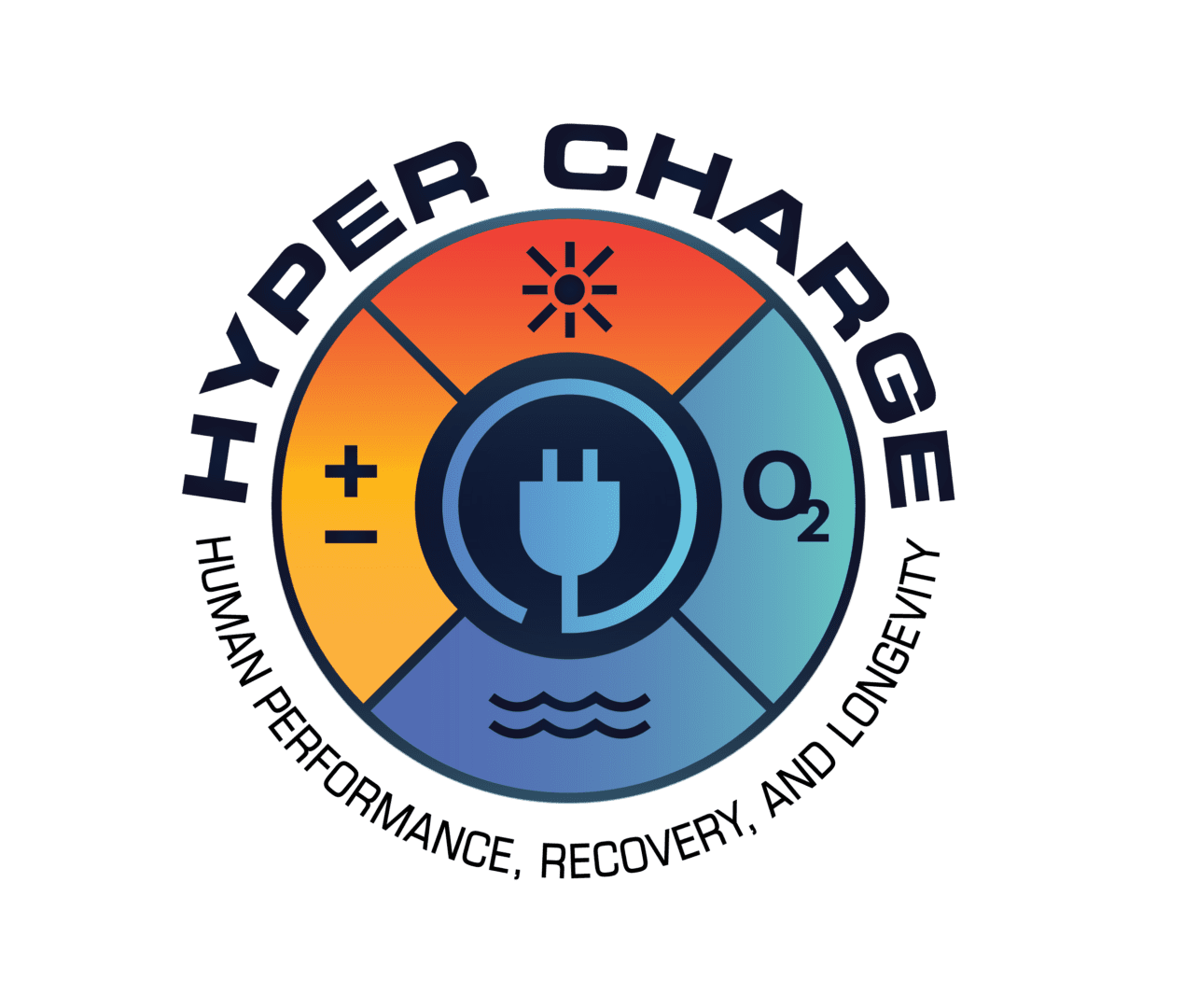Ligaments are tough bands of tissues that aid in a number of functions. They attach bone to bone, meaning ligaments are essential for both joint movement and support. When we suffer an injury to a joint, oftentimes it’s these tough tissues that are damaged. If they don’t heal properly, the ligaments may not be able to provide as much flexibility or support to the joint, limiting movement or increasing your risk of additional injury.
If you suffer a ligament injury, it’s imperative that you proactively treat the issue so that they can get back to a pre-injury level of strength and support. Physical therapy and targeted stretching exercises can prove extremely helpful, but one additional treatment that has been gaining traction of late is red light therapy. Below, we explain why red light therapy is becoming a more common complementary treatment technique for patients working to overcome a ligament injury.
RLT For Ligament Treatment
New research continues to fuel the hypothesis that red light therapy can be beneficial for individuals hoping to overcome a ligament injury. One of the leading ideas on the correlation between red light therapy and expedited ligament healing is due to the technique’s impact on blood flow. Red light therapy has been shown to increase the dialation of blood vessels in our body, making it easier for oxygen- and nutrient-rich blood to reach critical structures. This is incredibly important when it comes to ligament healing because both ligaments and tendons have poor blood supply.
Ligaments and tendons have a limited blood supply because they do not have any blood vessels that travel through them. This is actually very helpful when it comes to doing their intended job, which is supporting and stabilizing our joints, as it makes them less resistant to stretching and tearing. However, when ligament tearing does occur, it means that healing can be delayed because the area does not receive an ample supply of blood that aids in the tissue recovery process. By improving circulation with the help of red light therapy, we can bolster the limited blood supply to these areas.
This connection was seen in a recent study that examined the effects of red light therapy on patients working to heal after a medial cruciate ligament (MCL) injury in their knee. In that study, researchers found that patients in the laser treatment group exhibited a noteworthy increase in the fibril diameter of their recovering ligaments, suggesting that light therapy played a key role in the ligament repair process.
Red light therapy can also prove beneficial when treating ligament issues because of how the technique can aid in pain management. As we’ve talked about on the blog in the past, red light therapy can help our cells become more energized, which allows them to perform different tasks more efficiently. One of those tasks is managing the onset of inflammation. While inflammation is a natural immune response that protects our bodies from further injury, it also slows down the recovery process because blood and fluid can’t as easily move in and out of an injured area. By limiting inflammation, tissue recovery can begin sooner, helping injured individuals get back to their favorite physical activities quicker.
If you are dealing with a ligament injury in your knee or ankle, we strongly recommend pairing your physical therapy regimen with a few sessions of red light therapy. Let these techniques build off one another and help you achieve a stronger and faster recovery from your ligament injury. For more information on how red light therapy can aid in your recovery from a soft tissue injury, or to set up your first appointment, give the team at HyperCharge Clinic a call today.
